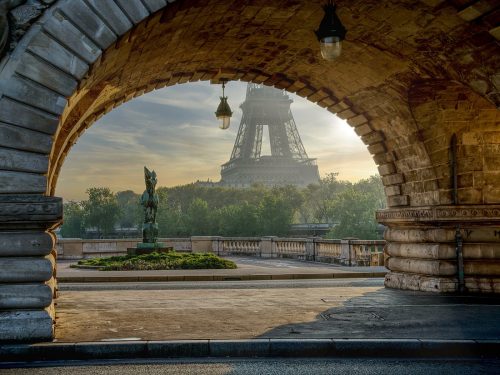 Unusual Sights in Paris: Where To Wander off the Beaten Path
Unusual Sights in Paris: Where To Wander off the Beaten Path
You may be new to Paris or even a seasoned traveler, but either way, you probably know that the most recommended spots in…
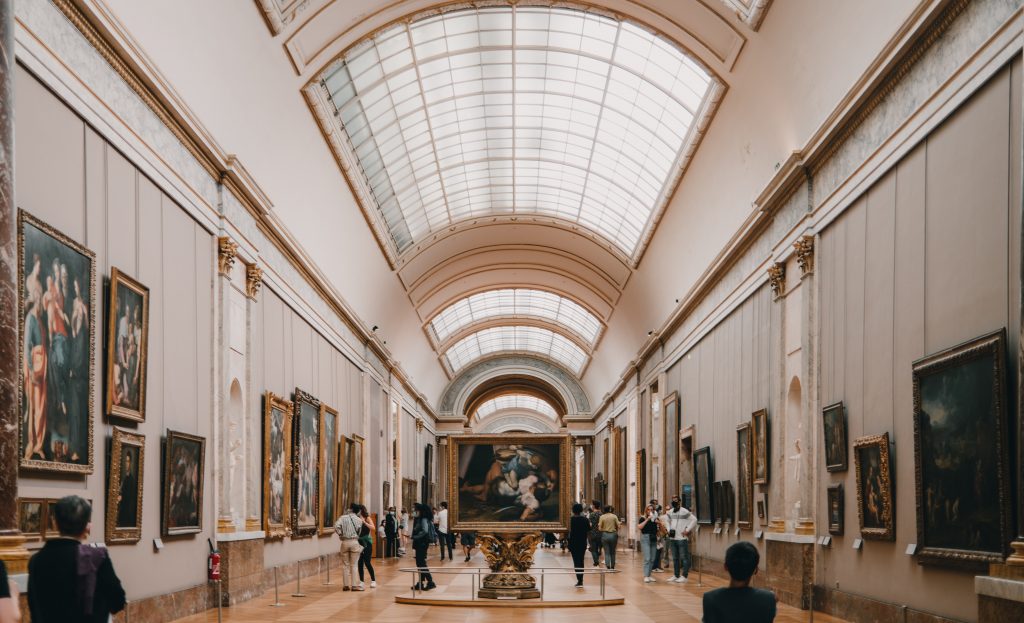
Originally a medieval fortress and later a royal castle, the Louvre has worn a few hats over the years. The one you’ll know today (and why you want to visit it) is because it’s the largest art museum in the world.
This magnificent palace, with its sprawling 652,300 square feet of galleries, houses over 380,000 objects and displays 35,000 works of art. For first-time visitors, its sheer scale can be daunting. But with the right strategy, you can transform what might seem like an overwhelming maze into an unforgettable journey through centuries of artistic brilliance.
This comprehensive guide will walk you through each wing of the museum, providing detailed navigation strategies to help you make the most of your visit, whether you have two hours or a full day to explore.
From reaching the iconic Mona Lisa to discovering hidden gems in the Medieval foundations, we’ll ensure you don’t miss the masterpieces that matter most to you.
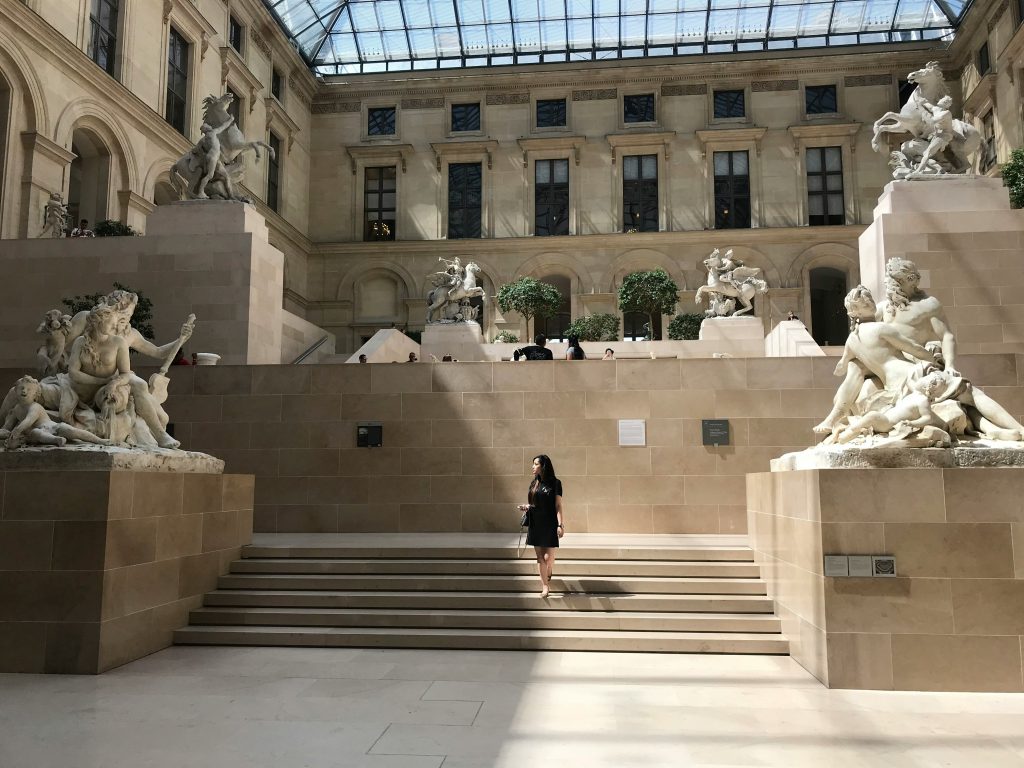
The Louvre’s grandeur can be overwhelming at first glance, but its organization follows a logical pattern. The museum is divided into three main wings, each named after a historical figure.
The Denon Wing, located in the south, houses the famous Mona Lisa and Italian paintings. The Sully Wing in the east contains ancient Egyptian antiquities and the Venus de Milo, while the Richelieu Wing to the north showcases French paintings and the Napoleon III apartments.
These wings span four main levels, beginning with the Lower Ground Floor, which houses the ancient foundations and Medieval Louvre. The Ground Floor displays antiquities and sculptures, while the First Floor contains the primary painting collections and state apartments. The Second Floor houses additional paintings and decorative arts.
At the heart of it all stands I.M. Pei’s iconic glass pyramid, serving as the main entrance and central meeting point, from which visitors can access all three wings through the vast underground lobby.
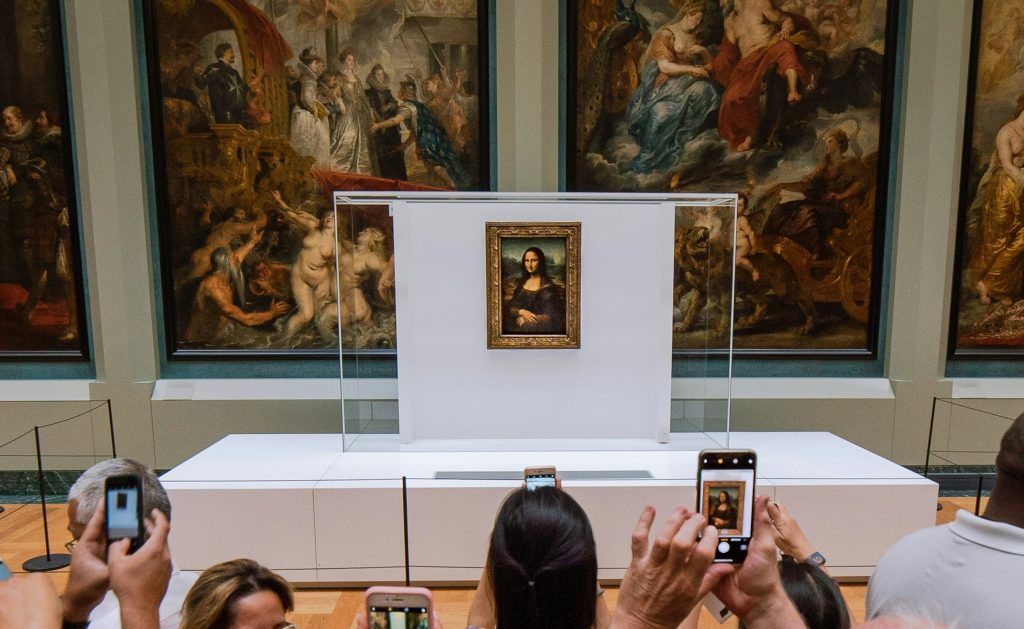
The Denon Wing houses some of the museum’s most celebrated works. Your exploration begins on the Ground Floor, where you’ll find yourself surrounded by Roman and Greek antiquities.
The first series of rooms showcase exquisite Greek ceramics and Etruscan art, followed by impressive Roman sculptures, including the famous “Borghese Gladiator.” The final rooms of this floor house early Christian and Coptic art, providing a fascinating glimpse into the evolution of religious artistry.
The journey to view Leonardo da Vinci’s masterpiece deserves special attention, and reaching it is an experience. Your path begins at the majestic Daru staircase, where you’ll encounter the Winged Victory of Samothrace. From there, you’ll enter the Grande Galerie, a stunning corridor lined with Italian masterpieces.
The Mona Lisa resides in the Salle des États (Room 711), where strategic timing can make all the difference in your viewing experience. Early morning or late afternoon visits typically offer shorter queues, with the left side of the room often providing quicker access to the painting.
In the same vicinity, you’ll discover other masterpieces that shouldn’t be missed. The massive Wedding Feast at Cana by Veronese faces the Mona Lisa, while nearby rooms house Delacroix’s Liberty Leading the People and Jacques-Louis David’s monumental Coronation of Napoleon.
The Second Floor of the Denon Wing offers a rich collection of French and Spanish paintings. Here, you can trace the evolution of French art through the 17th and 18th centuries while also exploring works by Spanish masters such as Goya and El Greco. The rooms flow chronologically, allowing you to witness the progression of artistic styles and techniques.

The Sully Wing takes visitors on a fascinating journey through ancient civilizations. The Lower Ground Floor reveals the very foundations of the museum, where you can explore the original fortress walls from Philip II’s castle and examine archaeological evidence of the palace’s evolution through the centuries.
Moving up to the Ground Floor, you’ll find yourself immersed in the wonders of ancient Egypt. The rooms flow chronologically through Egypt’s history, from early artifacts to later periods. You’ll encounter massive sphinxes, intricate sarcophagi, and remarkably preserved mummies. The collection also includes everyday objects that offer insights into ancient Egyptian daily life, alongside religious artifacts and hieroglyphic texts that tell stories of this fascinating civilization.
The First Floor houses the Greek and Roman Art section, with the Venus de Milo as its centerpiece. The surrounding rooms showcase Hellenistic sculptures and Roman copies of Greek masterpieces, offering a comprehensive view of classical artistry. The careful arrangement of these works allows visitors to understand the evolution of sculptural techniques and artistic ideals through antiquity.
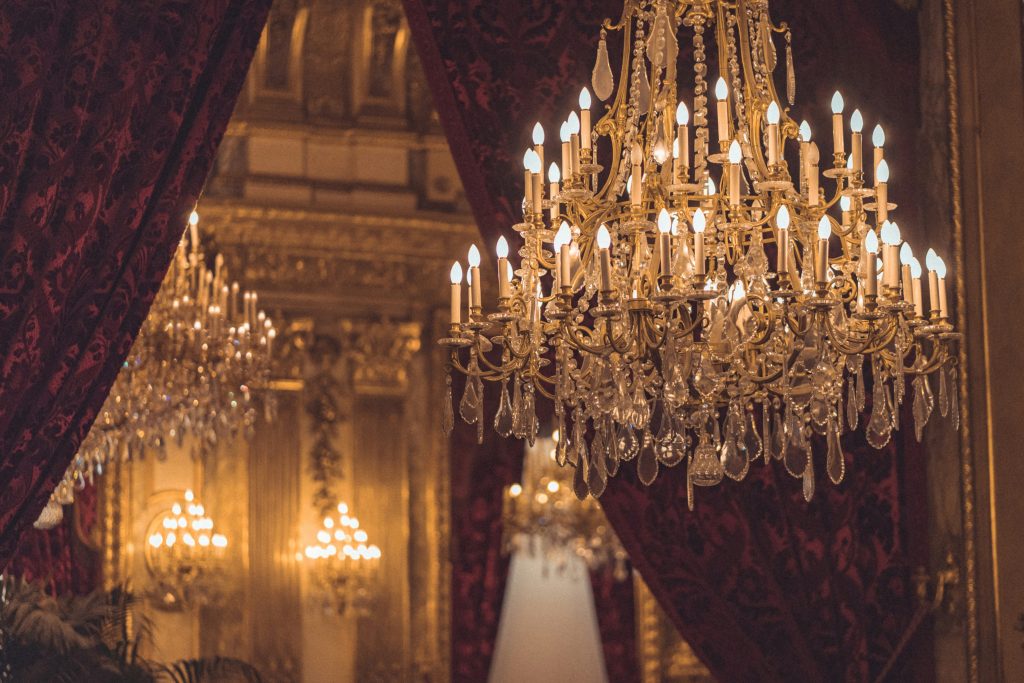
The Richelieu Wing offers a glimpse into French luxury and decorative arts through the ages. The Ground Floor houses an impressive collection of French sculptures, chronicling the evolution of the art form from medieval times through the Renaissance and into the 18th century. Each room reveals the changing styles and techniques of French sculptors through the ages.
Perhaps the most opulent section of this wing is the Napoleon III Apartments on the First Floor. These preserved rooms offer an authentic look at Second Empire luxury, from the grandiose State Dining Room to the intimate Emperor’s Study. The apartments’ lavish decoration, with their gilded ceilings, crystal chandeliers, and rich tapestries, provides a stunning example of 19th-century French imperial style.
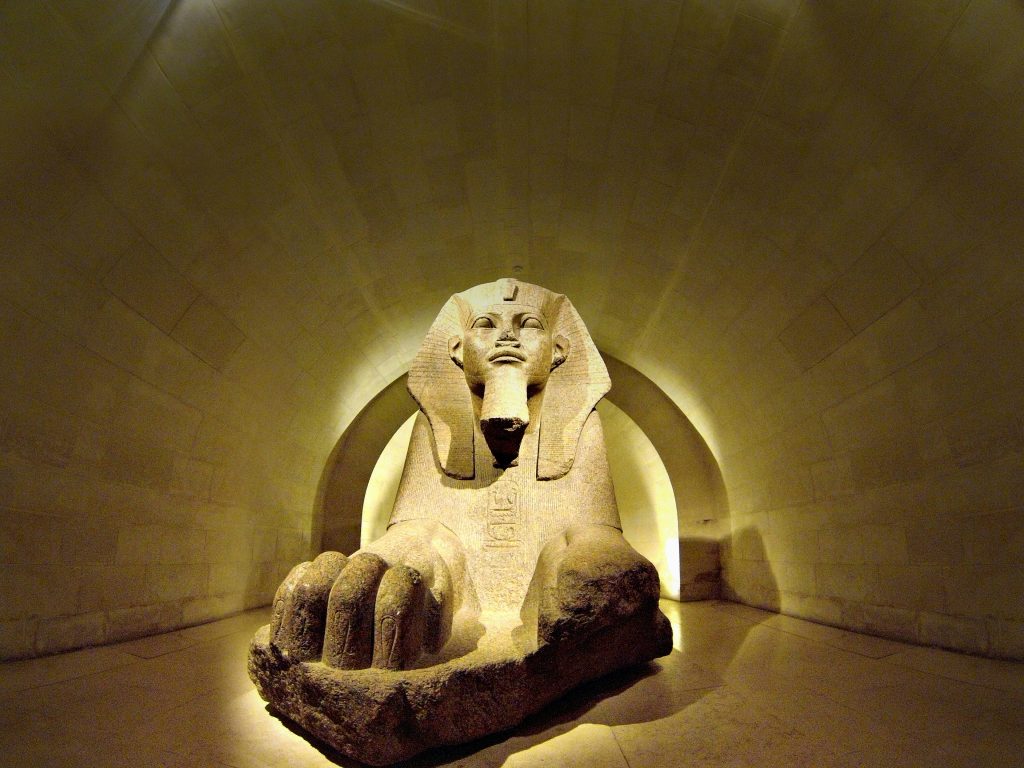
If you have just two hours to spend at the Louvre, focus your time on the absolute must-sees: the Mona Lisa, Venus de Milo, Winged Victory of Samothrace, and a quick walk through the Napoleon III Apartments.
This route will give you a taste of the museum’s diverse offerings while hitting the most famous works.
For those with a half-day to spare, begin your morning in the Egyptian Antiquities section, where you can explore the fascinating artifacts before the crowds grow too large. From there, move through the Greek and Roman sculptures before heading to the Italian paintings, including the Mona Lisa.
Conclude your visit with the French masterpieces, which often see fewer crowds in the afternoon.
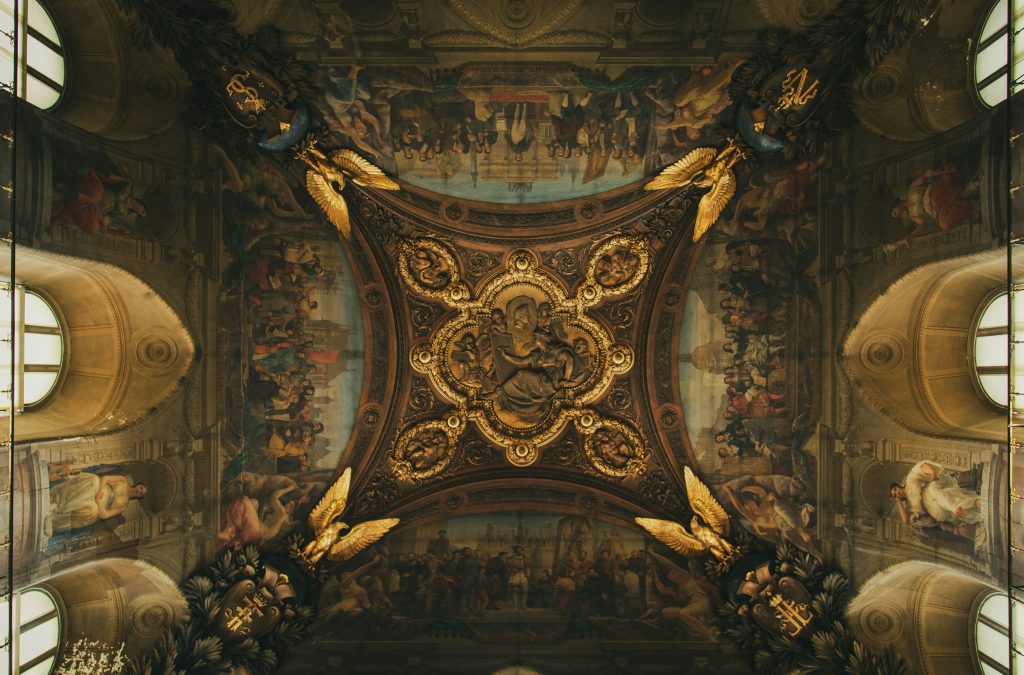
Half-day exploration
A full-day exploration allows for a more leisurely pace. Dedicate your morning to the Denon Wing, taking time to appreciate the Italian paintings and sculptures in detail.
After lunch, explore the ancient civilizations in the Sully Wing, and conclude your day in the Richelieu Wing, where you can admire French paintings and decorative arts when your energy levels get a second wind.
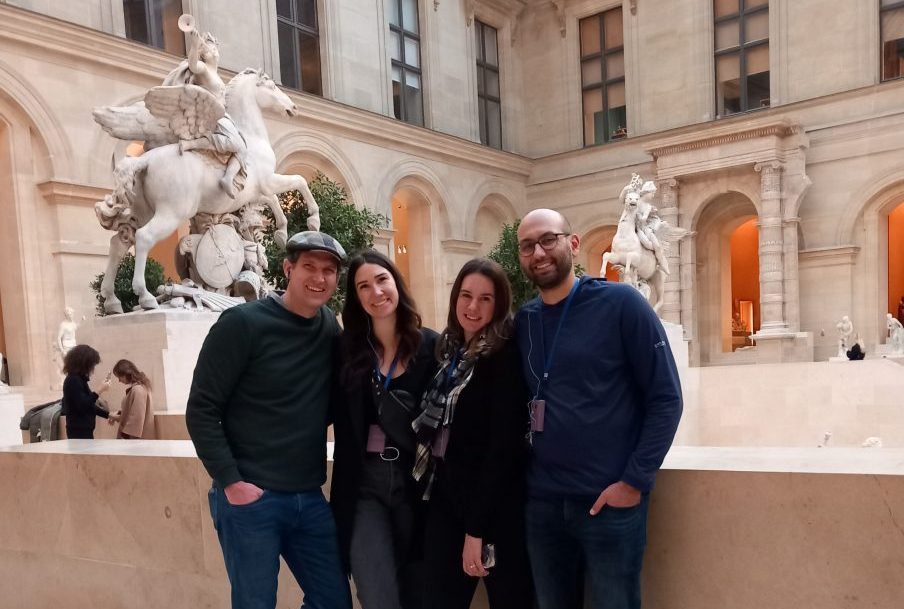
Photography without flash is permitted throughout most of the museum, though temporary exhibitions may have specific restrictions. You won’t be able to use selfie sticks, and professional equipment requires special permission.
The museum’s color-coded signs and numbered room system make navigation straightforward, and the official Louvre app provides interactive maps for additional guidance.
Throughout your visit, you’ll find comfortable rest areas and facilities in each wing. Cafes offer places to recharge, and benches in most major galleries allow you to sit and contemplate the artworks. Water fountains and restrooms are conveniently located near each other throughout the museum.
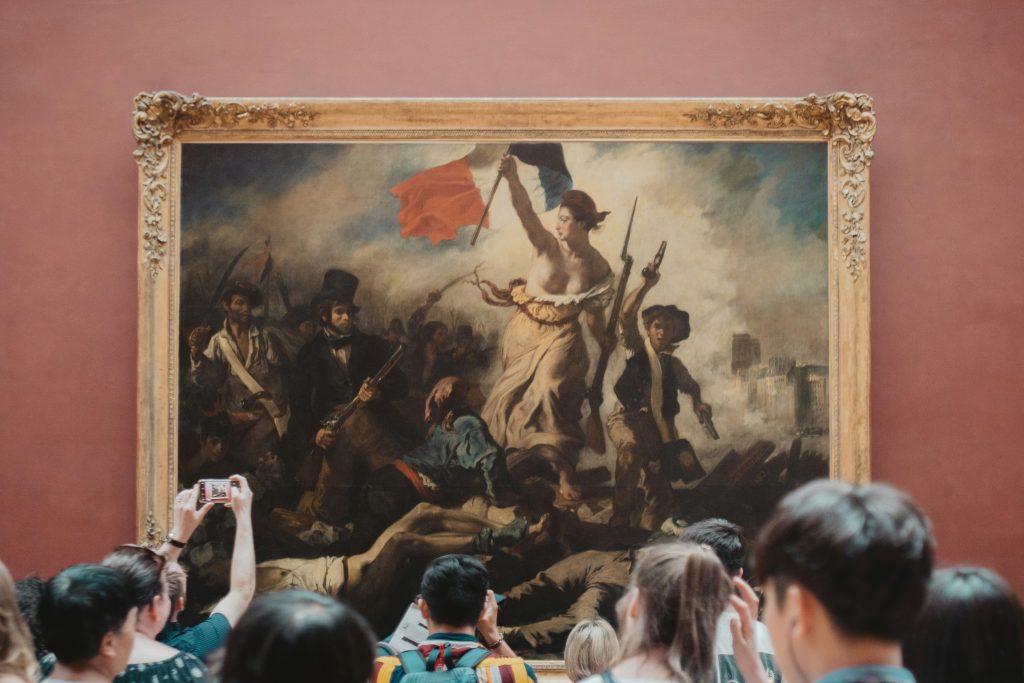
Q: When is the best time to see the Mona Lisa?
A: First 30 minutes after opening or last hour before closing. Wednesdays and Fridays have extended evening hours with smaller crowds.
Q: How can I avoid the longest lines?
A: Enter through the Carrousel du Louvre entrance instead of the Pyramid. Pre-book tickets online and arrive 30 minutes before opening.
Q: Are all wings always open?
A: Sections rotate closures on different days. Check the daily closure schedule at information desks or on the Louvre website.
Q: Are there wheelchair-accessible routes through all wings?
A: Yes, elevators and ramps provide access to all public areas. Special maps for accessible routes are available at information desks.
Q: Where can I store my luggage?
A: Complimentary coat and bag check is available in the main entrance hall under the pyramid.
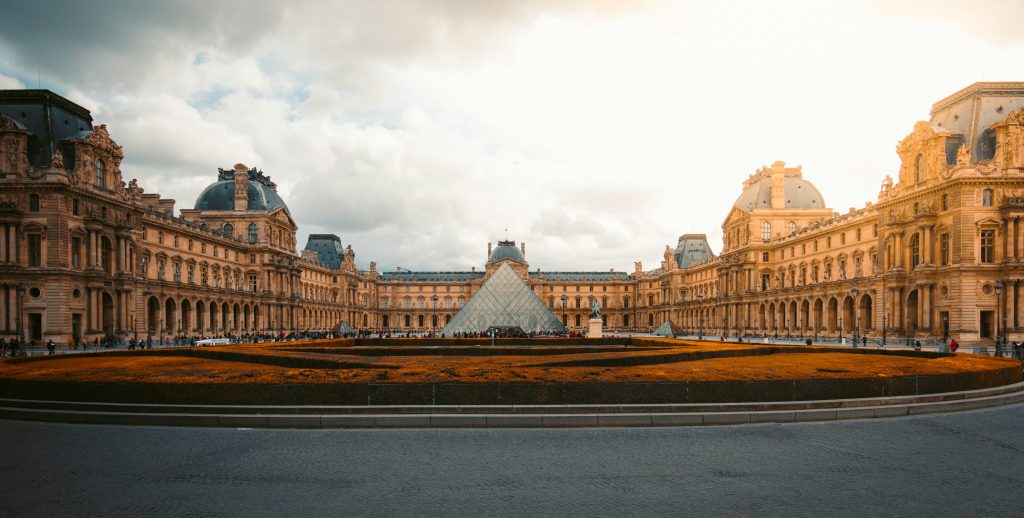
The Louvre welcomes visitors 9 a.m.-6 p.m. on Monday, Thursday, Saturday, and Sunday, with extended hours until 9 p.m. on Wednesday and Friday. The museum remains closed on Tuesdays. Basic admission costs €22, though EU residents under 26 enjoy free entry.
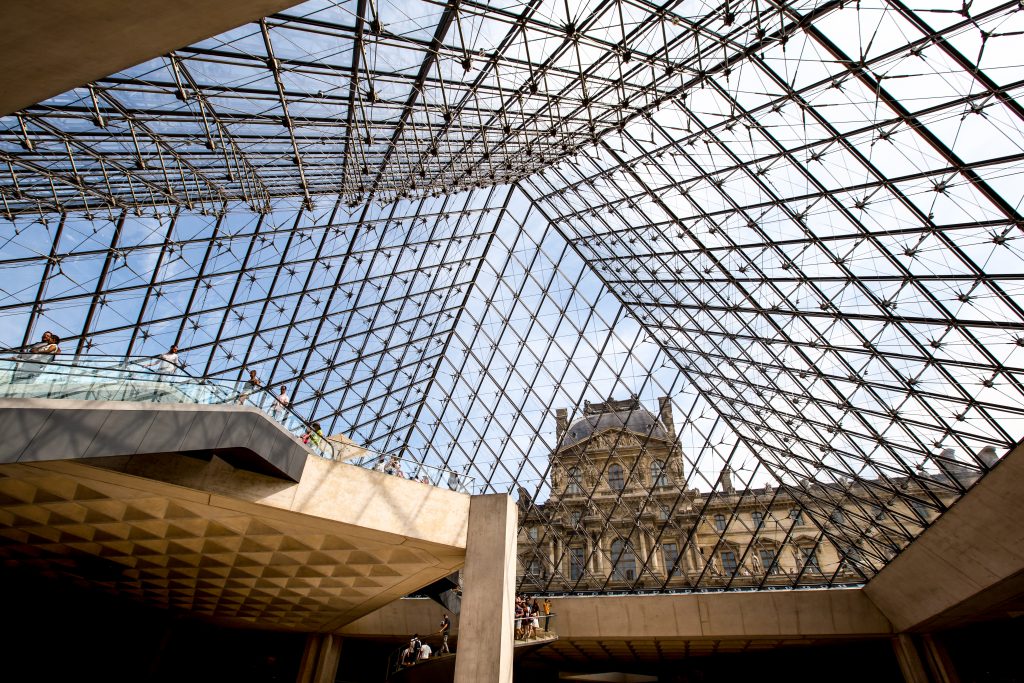
Remember that this guide is a framework — feel free to adjust it based on your interests and energy levels. The key to a successful Louvre visit lies in prioritization and pacing. Don’t attempt to see everything in one visit; instead, focus on the works and periods that interest you most.
Consider joining a guided Louvre Museum tour for deeper insights into the museum’s masterpieces and hidden gems. Expert guides can help you navigate the vast collections while sharing fascinating stories about the art and history that make the Louvre truly special.
If you’re exploring more of the city, many Paris tours combine the Louvre with other iconic landmarks, allowing you to make the most of your time in the French capital.
 Unusual Sights in Paris: Where To Wander off the Beaten Path
Unusual Sights in Paris: Where To Wander off the Beaten Path
You may be new to Paris or even a seasoned traveler, but either way, you probably know that the most recommended spots in…
 A Room-by-Room Guide to the Paris Catacombs for Tourists
A Room-by-Room Guide to the Paris Catacombs for Tourists
Paris is one of the great medieval cities of Europe. Like Rome, it has vast underlying passageways and quarries, called catacombs. This labyrinth…
 Exploring the Heart of France: Top Paris Landmarks
Exploring the Heart of France: Top Paris Landmarks
Paris always feels like a dream, even when you finally arrive. It’s this dream-come-true quality that compels Fred Astaire and Audrey Hepburn to…